Step inside the Concorde at NY’s Intrepid Sea, Air & Space Museum
Join Executive Traveller on this ‘access all areas’ tour of one of the remaining Concorde supersonic jets.
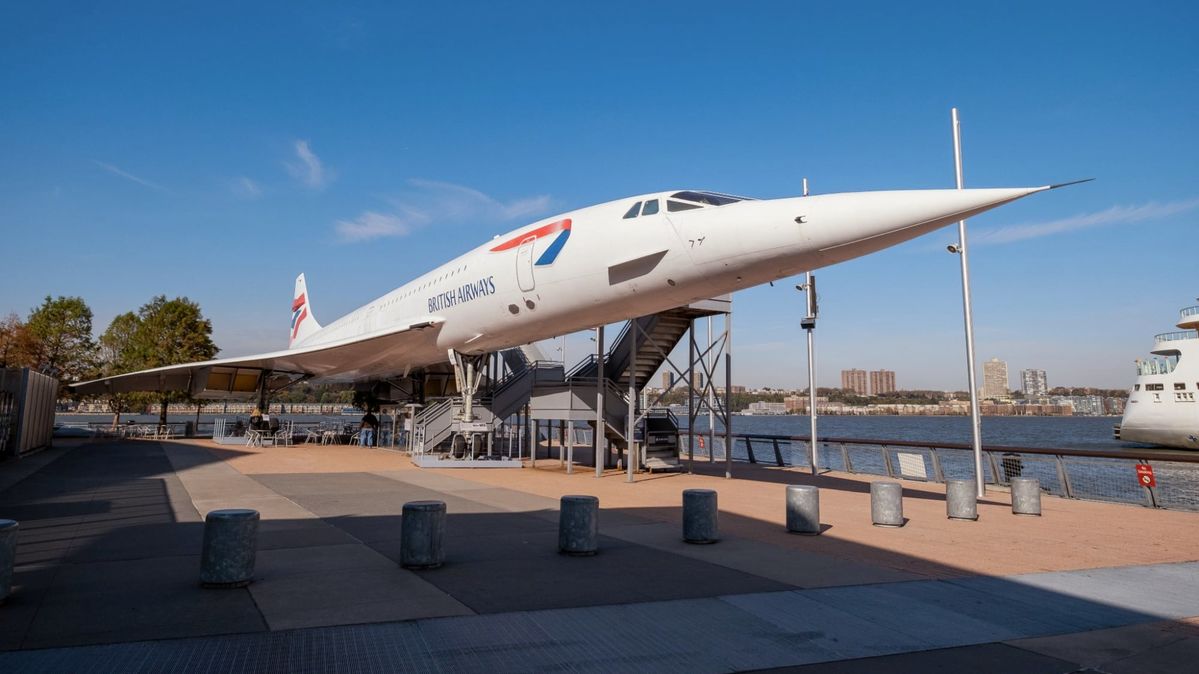
For almost three decades from the mid-70s to 2003, the Concorde was the only way to fly – especially if you were shuttling between London and New York, a route which the streamlined jet conquered in barely three hours.
Today, one of 18 remaining Concordes is part of New York's Intrepid Sea, Air & Space Museum, at the west side of Manhattan overlooking the Hudson River to New Jersey.
And British Airways' 'Alpha Delta' Concorde – taken from the final two letters of the G-BOAD registration – is positively draped in history.
Of the 14 Concordes built for commercial service, this one spent the most time in the sky, having notched up 23,397 flight hours.
For a time it also sported Singapore Airlines livery down one side of the plane – retaining BA livery on the other side – as part of a short-lived airline partnership on the London-Singapore route.
Many years later in 1996, the aircraft would also set the world record for the fastest trans-Atlantic passenger flight from New York's JFK Airport to London Heathrow: accomplished in two hours, 52 minutes and 59 seconds under the supervision of Captain Leslie Scott.
Although now fading, Captain Scott's autograph remains in the cockpit, joined by a reminder of the record time and autographs of the team responsible for G-BOAD's last-ever flight: from Heathrow to JFK on November 10 2003.
From there, the aircraft was moved by barge along the Hudson River to Intrepid, where it now stands proudly at Pier 86.
On a visit to New York we enjoyed a special private tour of the cabin and cockpit to bring you these exclusive snaps, including a look at parts of the aircraft normally closed to the public.
Inside ‘Concorde Class’
BA considered the Concorde experience as being beyond mere first class, and decreed the exclusive service level worthy of being christened 'Concorde Class'.
Yet what strikes every first-time visitor to the Concorde is how small and, by today's standards, cramped the cabin feels.
BA's Concordes had 100 seats – 40 in the front cabin and 60 in the rear – arranged in a 2-2 layout, and at first glance you'd be forgiven for thinking this was economy.
(Although with trans-Atlantic flights rarely longer than 3.5 hours, making them quicker than your average Sydney-Perth trek, lie-flat beds simply weren't necessary.)
We found the legroom more than ample in Row 1...
... aided by removing the footrests better-suited to those of smaller stature...
... and still comfortable-enough further back with plenty of knee room:
When it came time for the inflight lobster, Row 1 passengers really were the Chosen Ones with tray tables folding open to unveil a seriously-sized dining space...
... and retracting to provide an easy cocktail table:
Away from the bulkheads, smaller and more conventional trays were the norm:
Concorde's overhead bins are large enough to fit this slim laptop bag, but which would certainly struggle to accommodate the larger rollaboard varieties.
Visitors are also struck by how small the windows are: this was a necessity of the aircraft's supersonic design.
Passengers, of course, were reminded of their speed and altitude via screens at the front of each cabin, along with the temperature outside...
... but which now sit idle and recognisable only if you know what you're looking for:
As we wander back into the rear cabin – off-limits to the public and normally seen only through a perspex screen – the seats lose their protective plastic covers and remain just as they were when Concorde was flying.
These newer-style seats afforded passengers audio-based inflight entertainment with a selection of radio channels at their fingertips: how very modern!
Inside the Concorde cockpit
No tour of the Concorde would be complete without a visit to the flight deck, which the public tour fortunately allows.
Prospective aviators are welcome to sit in the jumpseat...
... and to stickybeak at the various dials, gauges and instruments, including the all-important Machmeter...
... and the lever to control the Concorde's nose:
That was a very important control for the pilots to have, as the Concorde's design ordinarily blocked their view of the tarmac below, as we witnessed here in New York with the nose in 'cruising' position.
By lowering that nose for taxi, take-off and on landing, safety – and the pilots' viewing angle on the ground – was improved considerably.
Exiting the Concorde, we paused to glance across the wing as so many passengers did before us...
... but what most probably didn't realise is that the prominent reflective white paint they saw wasn't merely a design choice by British Airways, or indeed even Air France on its own Concordes.
Instead, it helped prevent the aircraft from overheating at supersonic speeds by reducing its exterior temperature by 6-11°C – an impossible feat with a darker, heat-absorbing colour.
With its wings well and truly clipped, the Concorde now helps museumgoers to avoid the heat by sheltering them as they enjoy their lunch: not entirely unlike the journey of yesteryear.
Members of the public can join one of Intrepid's many hour-long Concorde tours to experience this magnificent aircraft for themselves, and also visit other attractions such as the Space Shuttle Endeavour: for more information or to book a tour time, visit the Intrepid website.
And how close did Qantas come to joining the supersonic jetset?
In 1960 the airline's General Manager promised “Qantas will buy supersonics”, envisioning flights from Sydney to London to clock in at just 10 hours, plus fuel stops, while a quick trans-Tasman hop across the pond from Melbourne to Auckland would take just 45 minutes in the air, or a little over an hour from gate to gate.
Later plans suggested that Sydney, Melbourne or Brisbane to Singapore could be tackled in three hours: given the difference in timezones, you’d take breakfast in the Qantas lounge and reach Singapore in time for a satay and Tiger beer luncheon at Boat Quay.
Here’s why the Flying Kangaroo was eager to get hopping faster than the speed of sound, and how it changed trajectory along the way.
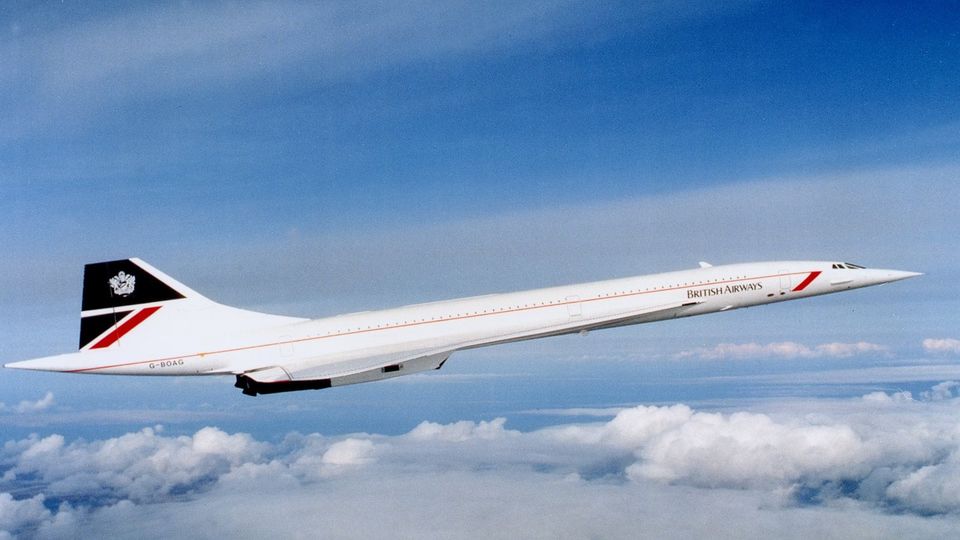





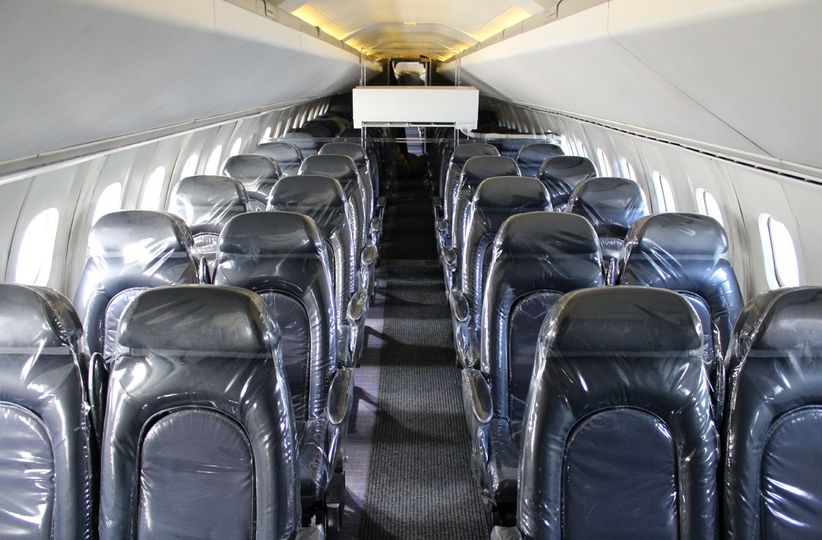





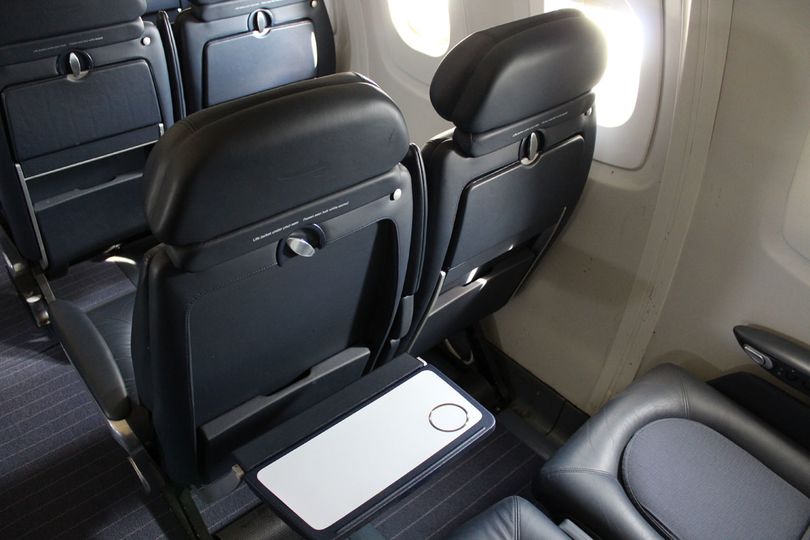




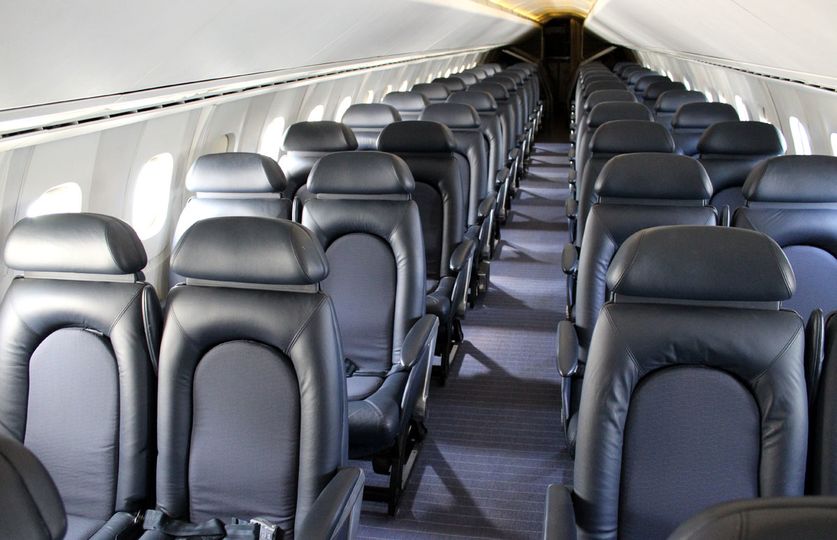



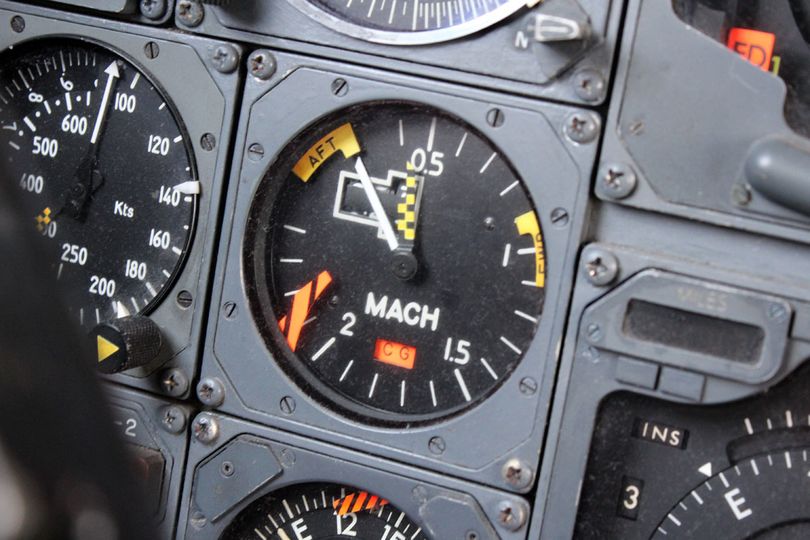





Hi Guest, join in the discussion on Step inside the Concorde at NY’s Intrepid Sea, Air & Space Museum